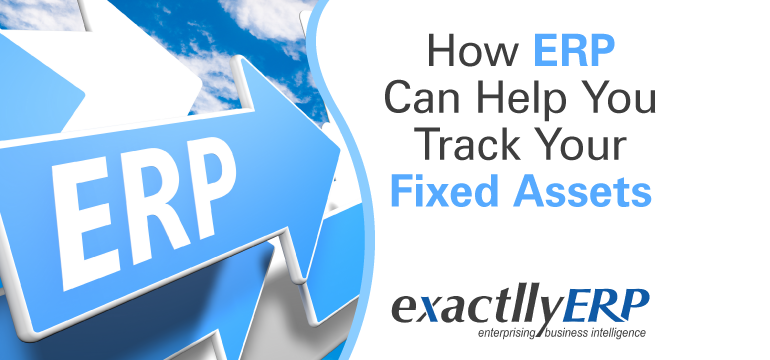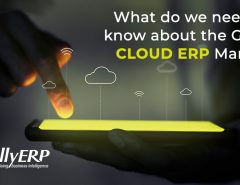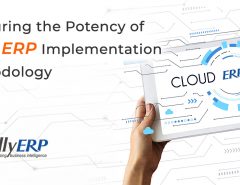Fixed Assets:
When you are a small business, it is easy to keep a track of all your fixed assets. Your assets may include your furniture, computer peripherals, tools, equipment and other immovable assets which are part and parcel of your company. Costs of maintaining, repair, replacement and purchase of new fixed assets are usually maintained by staff manually. This works well as long as a company is small in nature and is limited in stature.
However, as a company grows, it begins to accumulate a lot of assets. It becomes increasingly important to electronically record every part and parcel of your fixed assets. Manual entry of data related to your fixed assets may invariably prove to be erroneous, risky and unreliable. Thus, it becomes increasingly important to use an ERP to keep track of all your fixed assets.
An ERP helps you to list, locate and track all your assets without having to manually enter your data. An easy way to track all your fixed assets is to attach RFID or barcode tags. They electronically transmit signals to your ERP and thus help you to locate, track and check where your fixed assets are. It also becomes easier for your employees to find particular tools and components, if and when they are required.
- Lifecycle Management –
Every fixed asset comes with a lifecycle. From the date of purchase, it begins to lose its life and it finally will have to be repaired, replaced or done away with. An ERP will help you to track your assets lifecycle related information. When it is time to fix, replace or purchase new equipment, you will always know.
- Detailed Asset Profiles –
You will be able to access information related to all your fixed assets and their profiles. Whether it is information related to the configuration of a machine or a computer or information related to the supplier, you will have all the details at the tip of your fingers when you implement an ERP.
- Depreciation Calculation –
All assets depreciate in value. This will affect your calculations and your taxes as well. When your assets depreciate in value, you could expect a lower balance than it is otherwise assumed. It also helps you to maintain depreciation books, which are regularly monitored by corporate accountants.
- A Physical Inventory of Assets –
With the help of RFID or barcode tags, you can physically track your inventories. Your fixed asset inventory is always accessible to you and you will know which asset is stored where thanks to the intelligent scanning system. Locating assets becomes an increasingly tough job when companies grow larger.
- Track Asset Maintenance –
ERP helps you to track and maintain all your assets. Whenever repairs and replacements are warranted, ERP will alert you and help you to engage in proactive behaviour. This helps you to keep your company lean and smart, without having to manually look for information.
Final Thoughts:
As companies grow larger in size, they will increasingly find the need to keep track of their fixed assets. This is not only for the purpose of information but also for the purpose of meeting with regulations, keeping and maintain accounts and to replenish older stockpiles.
An ERP helps to locate, track and maintain fixed assets without having to enter data manually. It reduces cost, resources and the burden of maintaining and tracking fixed assets. Indeed, it is a good idea to use ERP to manage a company’s assets.
Feel free to Contact Us and get a Free Demo.





Leave a Reply